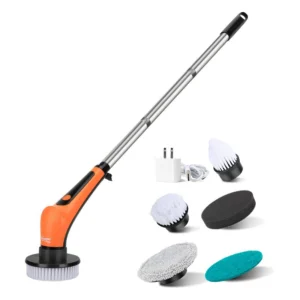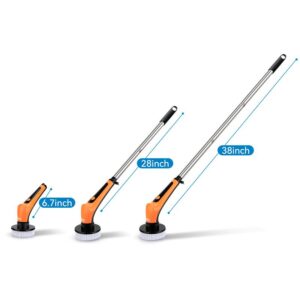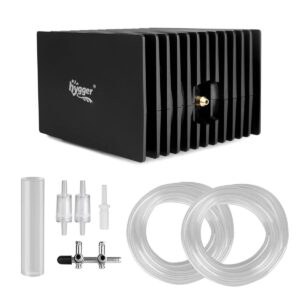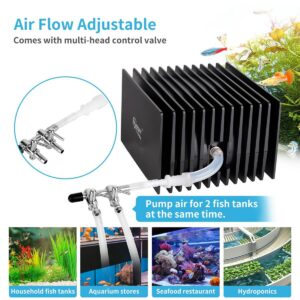Are Aquaponics Systems Considered Organic
In the field of environmentally friendly agri world, the marriage of aquaculture and hydroponics has given birth to a groundbreaking system known as aquaponics. This innovative approach not only maximizes efficiency but also raises an intriguing question: Are aquaponics systems considered organic? To unravel this query, we’ll delve into the intricate world of aquaponics, exploring its rules, functionality, and steps to construct a small-scale aquaponics system.
What is Aquaponics?
In simpler terms, it’s a method of cultivating plants and fish together in a unified environment. Aquaponics is a symbiotic integration of two established systems, the first one is aquaculture and the second is hydroponics. This dynamic relationship capitalizes on the natural balance between aquatic animals and plants. The waste produced by fish becomes a nutrient-rich fertilizer for the plants, and in turn, the plants purify the water, creating a harmonious cycle for the aquatic pet.
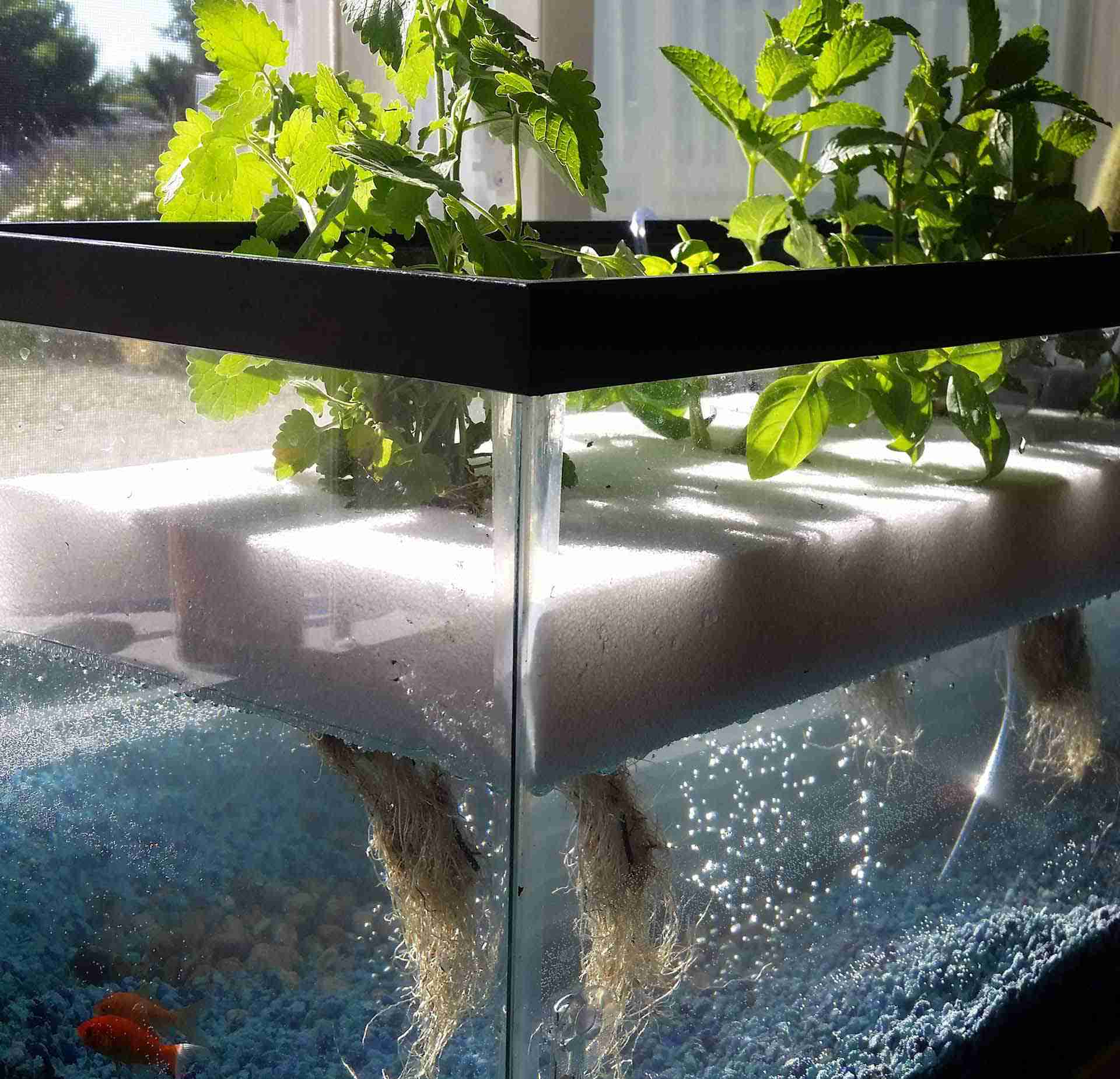
Aquaponic Rules
When contemplating the organic status of aquaponics systems, it’s crucial to understand the rules that govern the practice.
The first rule involves refraining from the use of synthetic chemicals or pesticides. In traditional agriculture, these substances are often employed to combat pests and boost plant growth.
- However, in aquaponics, the delicate balance of the ecosystem relies on the absence of such chemicals.
- Another key rule pertains to the source of fish feed. Fish feed must not contain antibiotics or genetically modified organisms (GMOs) to be deemed organic. This highlights how crucial it is to select a premium organic fish feed to preserve the system’s integrity.
- The most important guidelines include maintaining the natural equilibrium in the aquaponic system and making sure that no external factors upset the delicate equilibrium between aquatic pets and plants.
How Does Aquaponics Work?
Understanding the inner workings of aquaponics is fundamental to appreciating its organic nature. The system starts with a fish tank, where fish are raised. As the fish feed, they produce waste, primarily in the form of ammonia. After that, this fish waste-filled water is pumped into the grow beds to cultivate plants.
Natural bacteria in the grow beds transform ammonia into nitrates, a type of nitrogen that is great for plant fertilization. These nutrients are then taken up by the plants, which effectively filter the water.
The now-cleaned water is then recirculated back into the fish tank, closing the loop.
This closed-loop system facilitates an ecosystem in which each element is dependent on the other for survival. It also highlights the symbiotic relationship between fish and plants. Aquaponics does not require soil, so there is no need for conventional fertilizers.
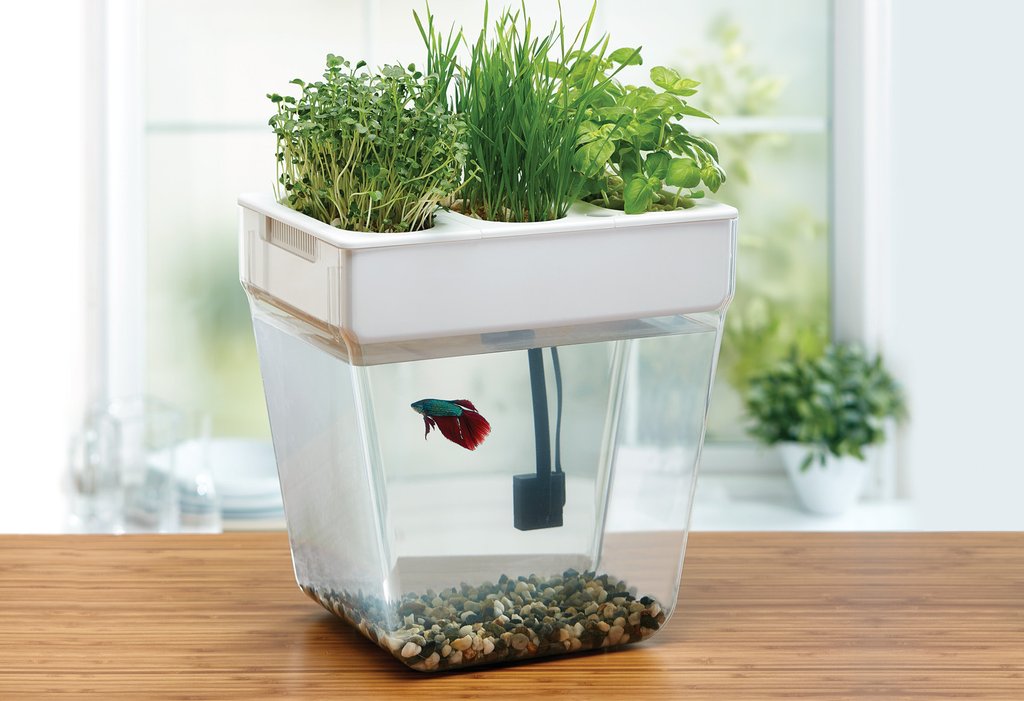
How to Build a Small-Scale Aquaponics System
Here’s a simplified guide to get you started on the aquaponics system:
Choose the Right Fish Tank
Begin your aquaponics journey with a sturdy fish tank. The tank’s size will be determined by the amount of available space and the sort of fish you intend to raise. Because of their tolerance to aquaponic conditions, popular selections include tilapia, trout, and catfish.
Constructing Grow Beds
The grow beds are the heart of the aquaponics system. Construct them from materials like wood or plastic and fill them with a suitable growing medium, such as gravel or expanded clay pellets. These substrate beds will serve as the home for your plants to receive nutrient-rich water from the fish tank.
Plumbing System Installation
Install a reliable plumbing system to facilitate the circulation of water between the fish tank and grow beds. A water pump is required for this operation for the nutrient-rich water to reach the plant’s roots in the grow beds. Proper plumbing is critical to the efficiency of the closed-loop system.
Beneficial Bacteria Colonization
Give the system time to colonize with good microorganisms. These bacteria are critical in converting ammonia from fish waste into nitrites and ultimately nitrates, sometimes, you need to add bacteria to aquariums as they are vital nutrients for plant growth. A healthy bacterial colony is very important to the success of an aquaponics system.
Consider Aquaponic-Friendly Plants
Not all plants thrive in aquaponic systems. Leafy greens, herbs, and certain fruiting plants are well-suited for this environment. Choose plants that complement the nutrient levels in your system and can thrive without the need for soil.
Monitoring Water Parameters
Regularly monitor the water parameters within your system to ensure a balanced environment. Factors such as pH levels, ammonia, nitrite, and nitrate concentrations should be regularly checked. This monitoring is crucial for the health of both aquatic pets and plants.
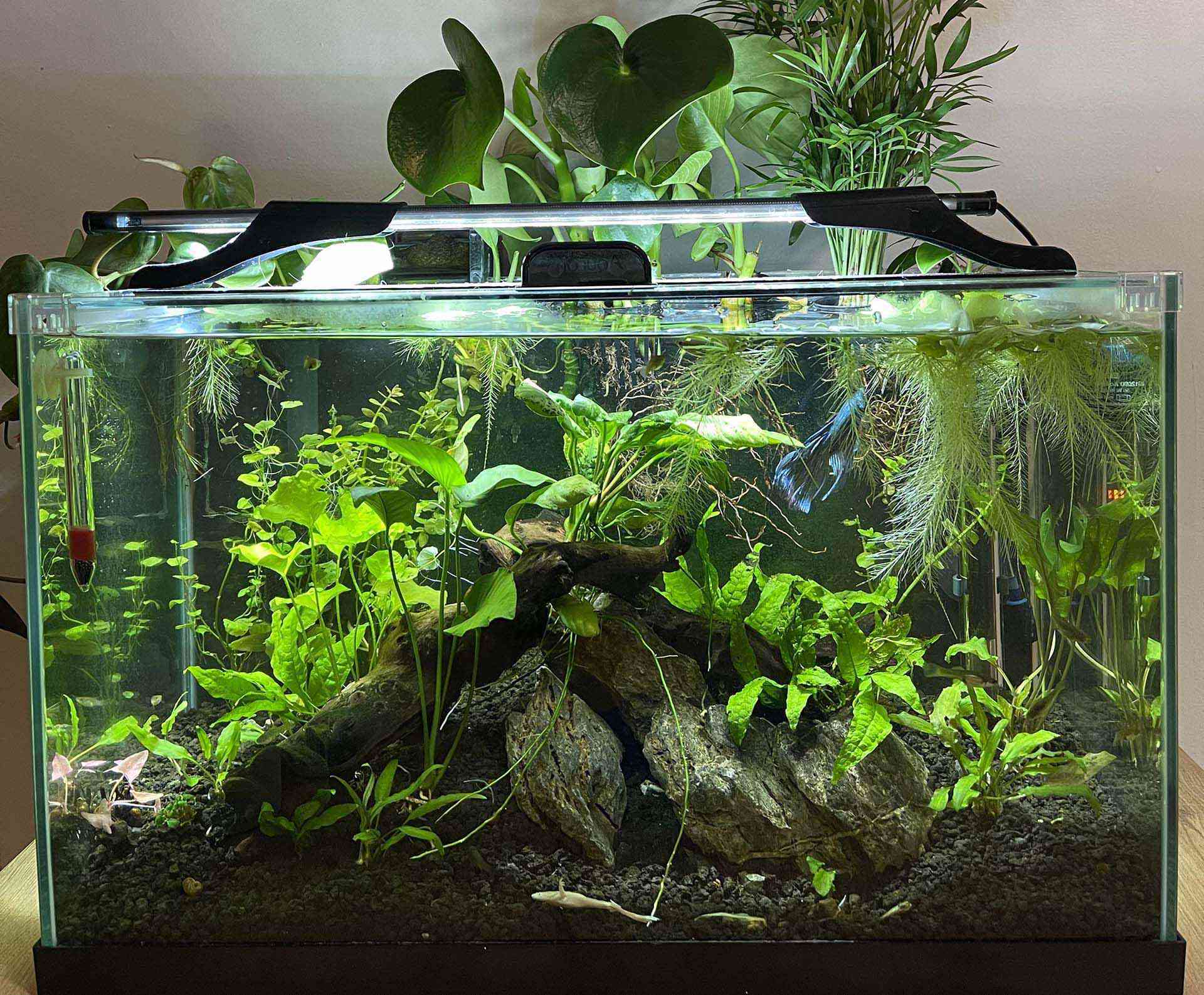
The Role of a Strong Air Pump in Aquaponics
Oxygenation for Aquatic and Plant Health
A powerful air pump kit is an essential part of the aquaculture system. It enables optimum water oxygenation, which is critical for the health of both fish and plants. Adequate oxygen levels support aerobic bacteria, which play a pivotal role in converting fish waste into plant-friendly nutrients.
Water Circulation for Nutrient Distribution
In addition to oxygenation, a robust air pump promotes water circulation. This prevents stagnation and ensures even distribution of nutrients to all plants in the grow beds. Consistent circulation is vital to prevent nutrient deficiencies and support optimal plant growth throughout the system.
Choosing the Right Air Pump
Selecting an appropriate air pump is crucial for the success of your aquaponics system. Consider the size of your setup; larger systems may require more powerful pumps, while smaller ones can function well with less robust options. Look for pumps with adjustable settings to fine-tune aeration based on the specific needs of your system.
Maintaining Balance
Striking a balance is key when using a strong air pump. While sufficient aeration is necessary, excessive turbulence can stress the fish. It’s essential to find the right balance to create a healthy and thriving environment for both aquatic life and plant growth.
Key takeaways
In summary, aquaponics systems align with organic principles by avoiding synthetic chemicals and utilizing organic fish feed. The symbiotic relationship between fish and plants creates a self-sustaining cycle.
Constructing a small-scale system involves selecting the right fish tank, building grow beds, installing a plumbing system, and fostering beneficial bacteria. A strong air pump plays a vital role in maintaining oxygenation and nutrient distribution, ensuring a balanced and thriving environment in the aquaponics system.

